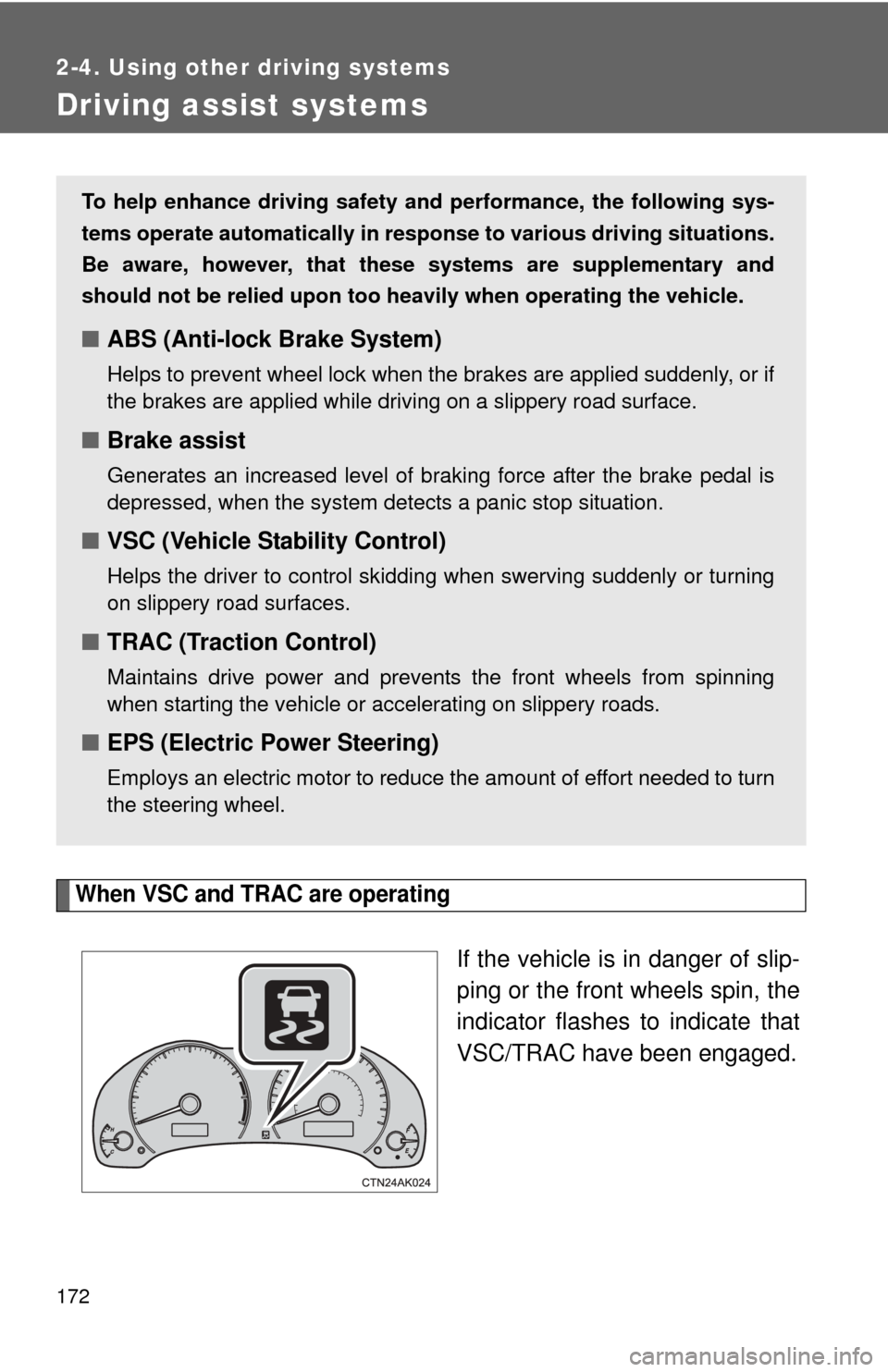Page 19 of 532

19
CAUTION
■General precautions while driving
Driving under the influence: Never drive your vehicle when under the influ-
ence of alcohol or drugs that have impaired your ability to operate your vehi-
cle. Alcohol and certain drugs delay reaction time, impair judgment and
reduce coordination, which could lead to an accident that could result in
death or serious injury.
Defensive driving: Always drive defensively. Anticipate mistakes that other
drivers or pedestrians might make and be ready to avoid accidents.
Driver distraction: Always give your full attention to driving. Anything that dis-
tracts the driver, such as adjusting controls, talking on a cellular phone or
reading can result in a collision with resulting death or serious injury to you,
your occupants or others.
■ General precaution regarding children’s safety
Never leave children unattended in the vehicle, and never allow children to
have or use the key.
Children may be able to start the vehicle or shift the vehicle into neutral.
There is also a danger that children may injure themselves by playing with
the cigarette lighter, the windows, or other features of the vehicle. In addi-
tion, heat build-up or extremely cold temperatures inside the vehicle can be
fatal to children.
Page 172 of 532

172
2-4. Using other driving systems
Driving assist systems
When VSC and TRAC are operating
If the vehicle is in danger of slip-
ping or the front wheels spin, the
indicator flashes to indicate that
VSC/TRAC have been engaged.
To help enhance driving safety and performance, the following sys-
tems operate automatically in res ponse to various driving situations.
Be aware, however, that these systems are supplementary and
should not be relied upon too h eavily when operating the vehicle.
■ABS (Anti-lock Brake System)
Helps to prevent wheel lock when the brakes are applied suddenly, or if
the brakes are applied while driving on a slippery road surface.
■Brake assist
Generates an increased level of braking force after the brake pedal is
depressed, when the system detects a panic stop situation.
■VSC (Vehicle Stability Control)
Helps the driver to control skidding when swerving suddenly or turning
on slippery road surfaces.
■TRAC (Traction Control)
Maintains drive power and prevents the front wheels from spinning
when starting the vehicle or accelerating on slippery roads.
■EPS (Electric Power Steering)
Employs an electric motor to reduce the amount of effort needed to turn
the steering wheel.
Page 490 of 532

490 6-1. Specifications
■Treadwear
The treadwear grade is a comparative rating based on the wear
rate of the tire when tested under controlled conditions on a speci-
fied government test course.
For example, a tire graded 150 would wear one and a half (1-1/2)
times as well on the government course as a tire graded 100.
The relative performance of tires depends upon the actual conditions
of their use, however, and may depart significantly from the norm due
to variations in driving habits, service practices and differences in
road characteristics and climate.
■ Traction AA, A, B, C
The traction grades, from highest to lowest, are AA, A, B and C,
and they represen t the tire's ability to stop on wet pavement as
measured under controlled cond itions on specified government
test surfaces of asphalt and concrete.
A tire marked C may have poor traction performance.
Warning: The traction grade assigned to this tire is based on braking
(straight ahead) traction tests and does not include cornering (turn-
ing) traction.
■ Temperature A, B, C
The temperature grades are A (the highest), B, and C, represent-
ing the tire's resistance to the generation of heat and its ability to
dissipate heat when tested under controlled conditions on a speci-
fied indoor laboratory test wheel.
Sustained high temperature can cause the material of the tire to
degenerate and reduce tire life, and excessive temperature can lead
to sudden tire failure.
The grade C corresponds to a level of performance which all passen-
ger car tires must meet under the Federal Motor Vehicle Safety Stan-
dard No.109.
Grades B and A represent higher levels of performance on the labo-
ratory test wheel than the minimum required by law.
Page 519 of 532
519
Abbreviation list
TRAC Traction Control
TWR Trailer Weight Rating VIN Vehicle Identification Number
VSC Vehicle Stability Control
ABBREVIATIONSMEANING
Page 527 of 532

527
Alphabetical index
Tachometer .............................. 149
Tail lights
Replacing light bulbs ............ 402
Switch ................................... 159
Wattage ................................ 481
Theft deterrent system Engine immobilizer system..... 81
Tire inflation pressure ............ 379
Tire information
Glossary ............................... 491
Size ...................................... 488
Tire identification number ..... 487
Uniform tire quality grading ............................... 489
Tires Chains .................................. 181
Checking .............................. 371
If you have a flat tire ............. 436
Inflation pressure .................. 379
Inflation pressure sensor ...... 372
Information ........................... 485
Replacing ............................. 436
Rotating tires ........................ 371
Size ...................................... 480
Snow tires............................. 181
Spare tire .............................. 436 Tools .........................................436
Total load capacity...................180
Towing
Dinghy towing................201, 202
Emergency towing.................418
Trailer towing.................185, 200
TRAC .........................................172
Traction control........................172
Trip information .......................156
Trip meter .................................149
Trunk Opener ....................................47
Trunk light Wattage .................................481
Turn signal lights Replacing light bulbs .............402
Switch....................................146
Wattage .................................481
Valet key .....................................22
Vanity mirrors...........................322
Vehicle control and operation data recording ........16
Vehicle identification number ...................................470
Vehicle stability control...........172
VSC............................................172T
V